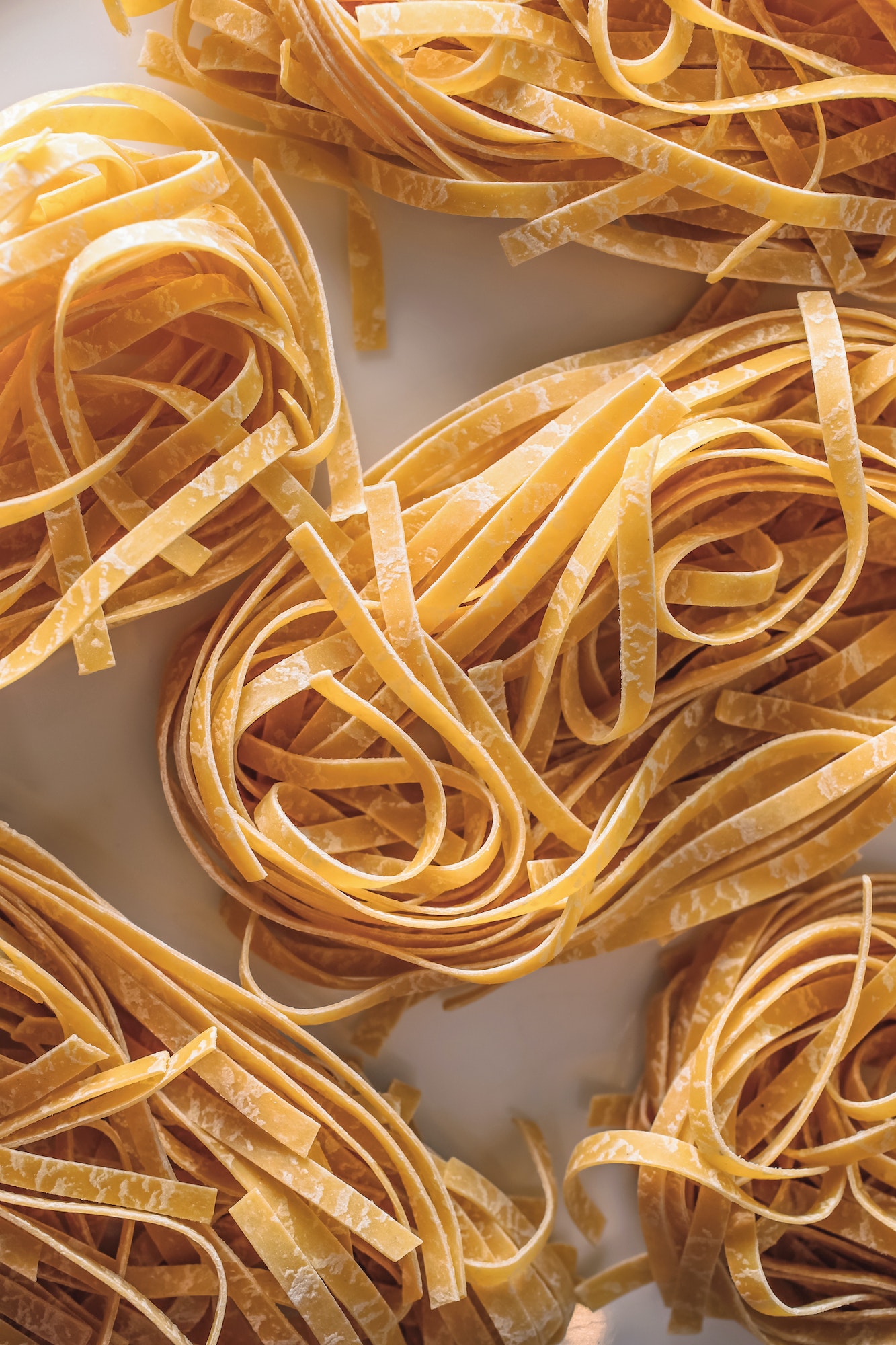How to Cook Pasta Al Dente: A Guide to Perfectly Cooked Pasta


Table of Contents
Introduction
Are you tired of overcooked, mushy pasta? Do you struggle to get your pasta just right, with a perfectly firm, yet tender texture? Look no further than this guide to cooking pasta al dente.
What is pasta al dente?
Pasta al dente means “to the tooth” in Italian. It refers to pasta that is cooked until it is tender, but still slightly firm to the bite. This texture is achieved by cooking the pasta for just the right amount of time, and then immediately stopping the cooking process by draining the pasta and rinsing it with cold water.
Step-by-step guide to cooking pasta al dente:
- Choose the right type of pasta. Not all pasta is created equal, and some types are better suited for al dente cooking than others. Look for pasta that is made from durum wheat, which is a hard wheat that can withstand the heat and retain its shape and texture when cooked.
- Use a large pot. The more water you have in the pot, the less likely it is that the pasta will stick together and become mushy. Use at least 4-6 quarts of water per pound of pasta.
- Salt the water. Add a generous amount of salt to the boiling water before adding the pasta. The salt will not only flavor the pasta, but it will also help to firm up the pasta and prevent it from becoming mushy.
- Cook the pasta. Add the pasta to the boiling water and stir occasionally to prevent sticking. Follow the package directions for cooking time, but start testing the pasta a few minutes before the recommended time. To test the pasta, bite into a piece to check the texture. It should be tender but still slightly firm.
- Drain and rinse the pasta. Once the pasta is cooked to al dente, immediately drain it and rinse it with cold water to stop the cooking process. This will also remove any excess starch that can cause the pasta to become gummy.
Tips for perfecting al dente pasta:
- Use fresh, high-quality pasta whenever possible.
- Don’t add oil to the cooking water, as this can cause the pasta to become slick and prevent the sauce from adhering to the pasta.
- Don’t overcook the pasta, as it will continue to cook slightly after it’s removed from the heat.
- Add the pasta to the sauce and toss it together in the pan for a few minutes before serving. This will help the pasta absorb the flavors of the sauce and ensure that it’s evenly coated.
Check out our guide on making homemade pasta!
Conclusion
In conclusion, cooking pasta al dente is all about finding the right balance between firmness and tenderness. With the right technique and a little practice, you’ll be able to achieve perfectly cooked pasta every time. So, grab your favorite pasta dish and start cooking!


1 Comment
[…] Check out our guide on cooking pasta! […]
March 14, 2023 - 2:09 pmComments are closed.